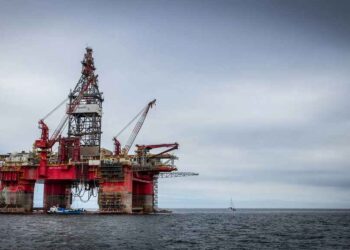The proposed pipeline will traverse West Virginia, Virginia and North Carolina.
Atlantic Coast Pipeline is a proposed 564.1 mile (907.8km) long, interstate natural gas transmission pipeline system that will fulfill the growing energy needs in Virginia and North Carolina.
The project will be developed, owned and operated by Atlantic Coast Pipeline LLC (Atlantic), a joint venture of four American energy companies, Dominion Resources (45%), Duke Energy Corporation (40%), Piedmont Natural Gas (10%) and AGL Resources (5%).
The pipeline will have a capacity of 1.5 million metric dekatherms a day (1.5 billion cubic feet a day) of natural gas and is estimated to cost between $4.5bn and $5bn.
An application for the project was submitted to Federal Energy Regulatory Commission (FERC or Commission) on 18 September 2015.
Running through the regions of West Virginia, Virginia and North Carolina, the pipeline will boost the local economy and also provide natural gas to generate electricity, heat homes and run local businesses by supplying these areas with Marcellus shale gas from West Virginia.
Dominion Transmission, a subsidiary of Dominion, was contracted to oversee construction and operation of the project on behalf of the Atlantic JV.
Construction on the project is expected to be completed between 2016 and 2018, while operations are expected to begin by November 2018.
Route details of Atlantic Coast pipeline
“Construction on the project is expected to be completed between 2016 and 2018, while operations are expected to begin by November 2018.”
Beginning at Harrison County in West Virginia, the pipeline will run southeast through Virginia and extend to Chesapeake, VA, and further south through North Carolina to Robeson County.
An absence of existing pipeline infrastructure in West Virginia, Virginia and North Carolina prompted the proposed pipeline to be developed along a new corridor.
Approximately 497.4 miles (88%) of the pipeline will be built in a greenfield corridor, whereas the remaining 66.2mi (12%) will run parallel to available linear corridor facilities that include pipelines, electric transmission lines, roads, railroads and a former surface strip mine.

















































